Curly Kale Vates blue – 250 seeds
This variety is an excellent pick for planting. Curly Kale is usually seen in the grocery store. It’s a pale to deep green vegetable with large, frilly-edged leaves and long stems. It’s often sold as loose leaves bound together, even though it grows as a loose head. Put it in a salad (using our softening tips), sauté, toss it in a hearty bean soup, or blend it in a fruit smoothie. It offers a range of benefits for the whole body. It contains fiber, antioxidants, calcium, vitamins C and K, and a wide range of other nutrients.
Importance of growing this variety
It is one of the leafy vegetables with high nutrient contents. Its antioxidants help the body remove unwanted toxins that result from natural processes and environmental pressures. These toxins known as free radicals are unstable molecules. If too many build up in the body, they can lead to cell damage which may result in health problems such as inflammation and diseases. Experts believe that free radicals may play a role in the development of cancer, for example. Growing this variety will help lower the risk of type 2 diabetes, and lower blood glucose levels due to its Fiber content. Kale generally contains chlorophyll which helps prevent the body from absorbing chemicals linked to cancer, such as heterocyclic amines – a chemical that occurs when people grill animal-derived foods at a high temperature. The fiber and water content in Curly kale is high which prevents constipation and promotes regularity and a healthy digestive tract. It is also a good source of beta-carotene, the carotenoid that the body converts into vit. A, as it needs it. Beta-carotene and Vit. a is necessary for the growth and maintenance of all body tissues, including the skin and hair. If you’re looking for a vegetable with a high nutrient content that grows well with high demand, this variety has the package.
Benefits
- Curly Kale and Kale generally has so many benefits which include;
- It’s an excellent source of Vit. C, and K.
- It is loaded with powerful antioxidants.
- It lowers cholesterol, hence reducing the risk of heart disease.
- It has numerous cancer-fighting substances.
- Curly kale is very high in beta-carotene, a nutrient good for the skin, hair, and bone.
- It is a good source of minerals.
- It helps in losing weight.
- It is among the most nutrient-dense foods on the earth.
Steps on how to grow Curly Kale Vates blue
Growing curly kale is relatively easy and straightforward. Here are the basic steps to grow curly kale:
- 1. Choose the right location: Select a site that receives full sun or partial shade, with well-draining soil that is rich in organic matter.
- 2. Plant seeds or seedlings: Plant kale seeds or seedlings in the ground, spacing them about 12-18 inches apart. Plant the seeds at a depth of ½ inch, and water them well.
- 3. Water regularly: Keep the soil moist but not waterlogged. Water regularly, especially during hot and dry weather, to ensure the plants stay healthy and continue to grow.
- 4. Fertilize: Use a balanced fertilizer with a 10-10-10 ratio, or add compost to the soil before planting. Fertilize the plants every 4-6 weeks to provide nutrients for growth.
- 5. Control pests and diseases: Keep an eye out for pests and diseases, such as aphids, cabbage worms, and powdery mildew. Apply insecticides and fungicides as needed to prevent damage to the plants.
- 6. Harvest the kale: Wait until the kale leaves are large enough to harvest, usually around 60-70 days after planting. Cut off the outer leaves, leaving the center leaves to continue growing.


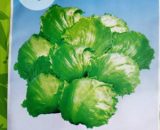


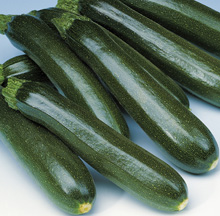
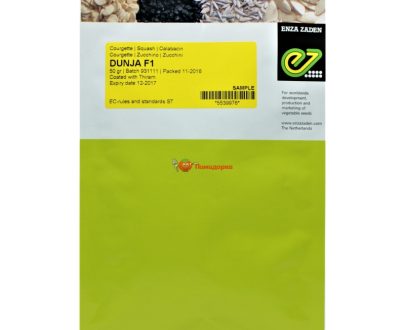

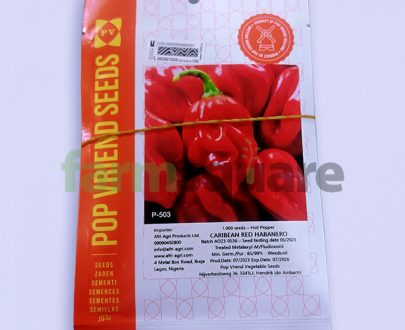
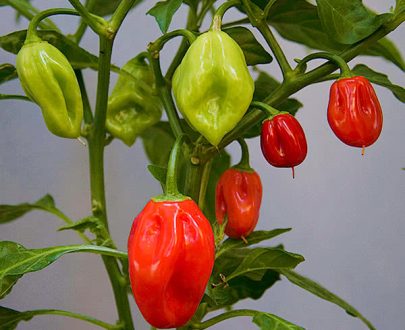



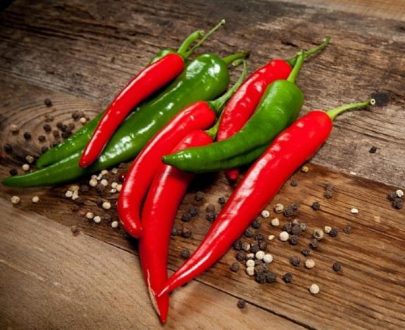
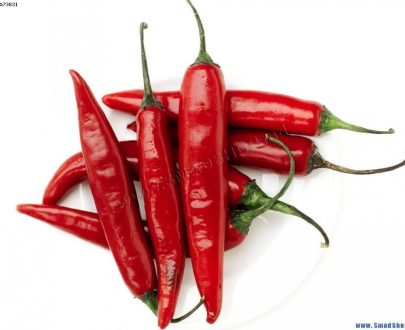
Customer reviews
Reviews
There are no reviews yet.
Only logged in customers who have purchased this product may leave a review.